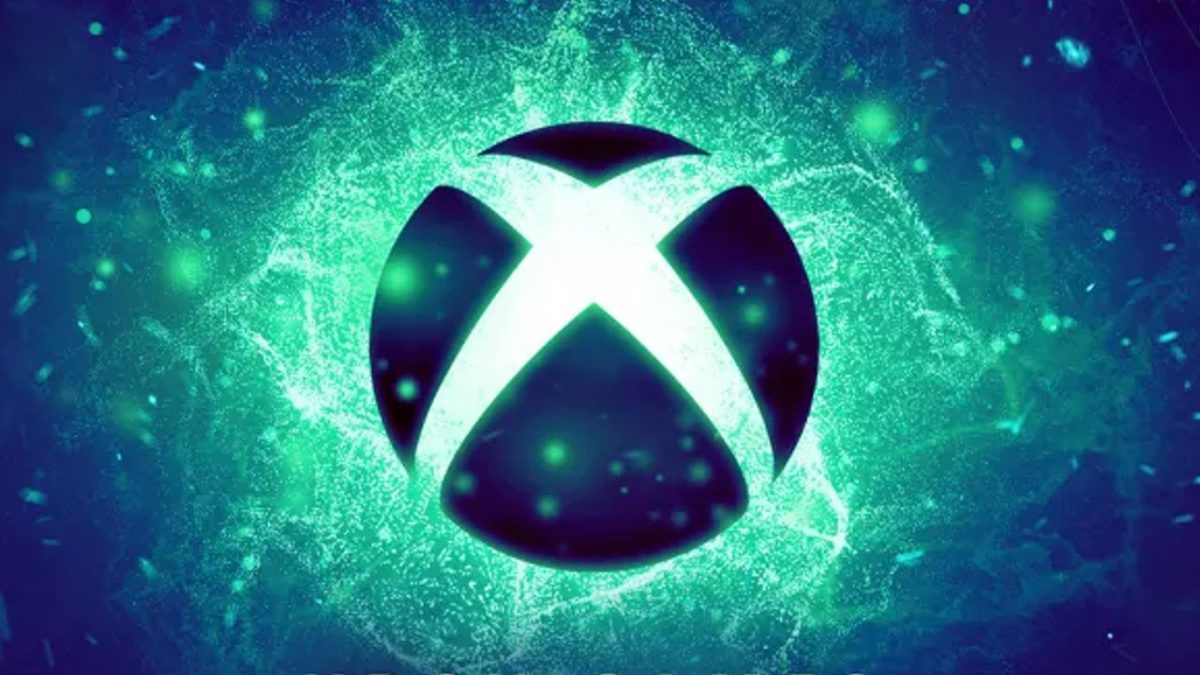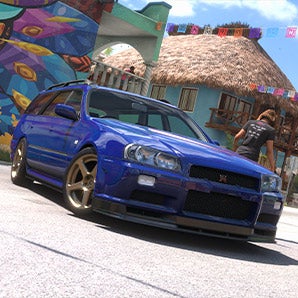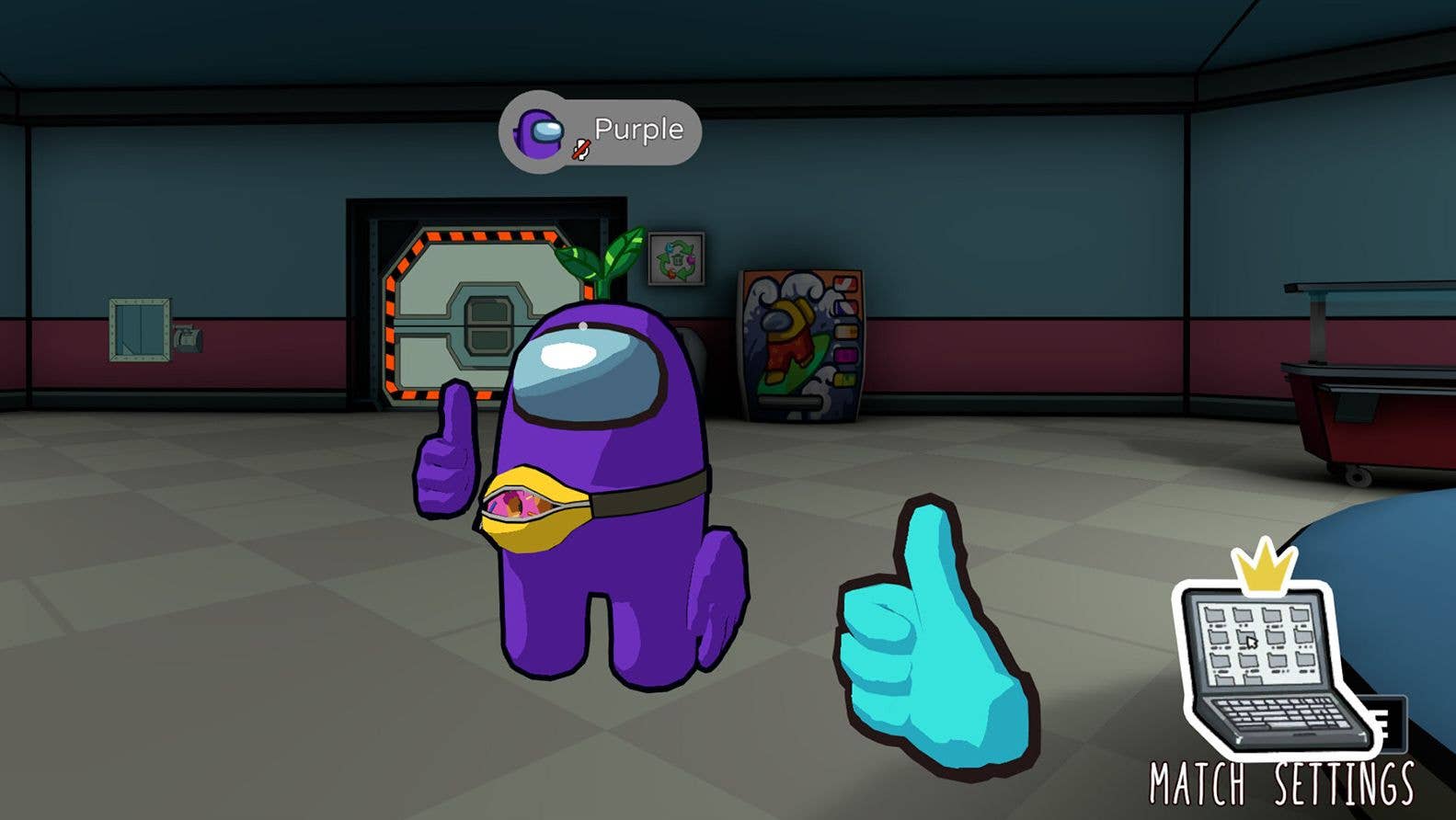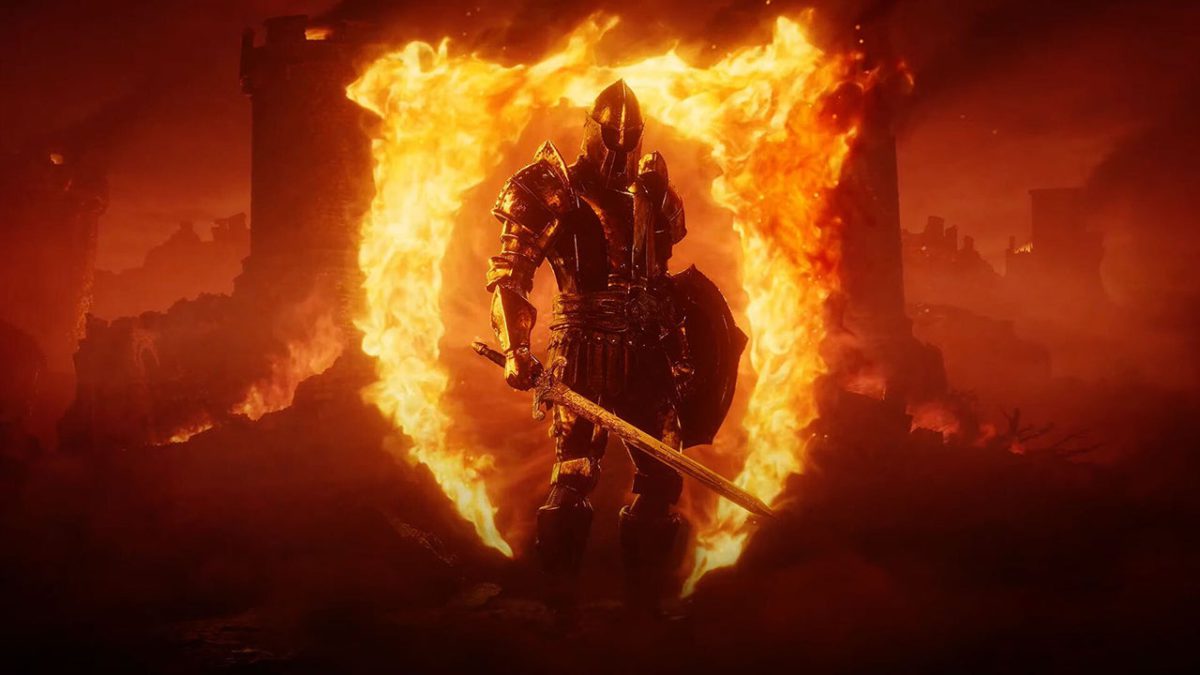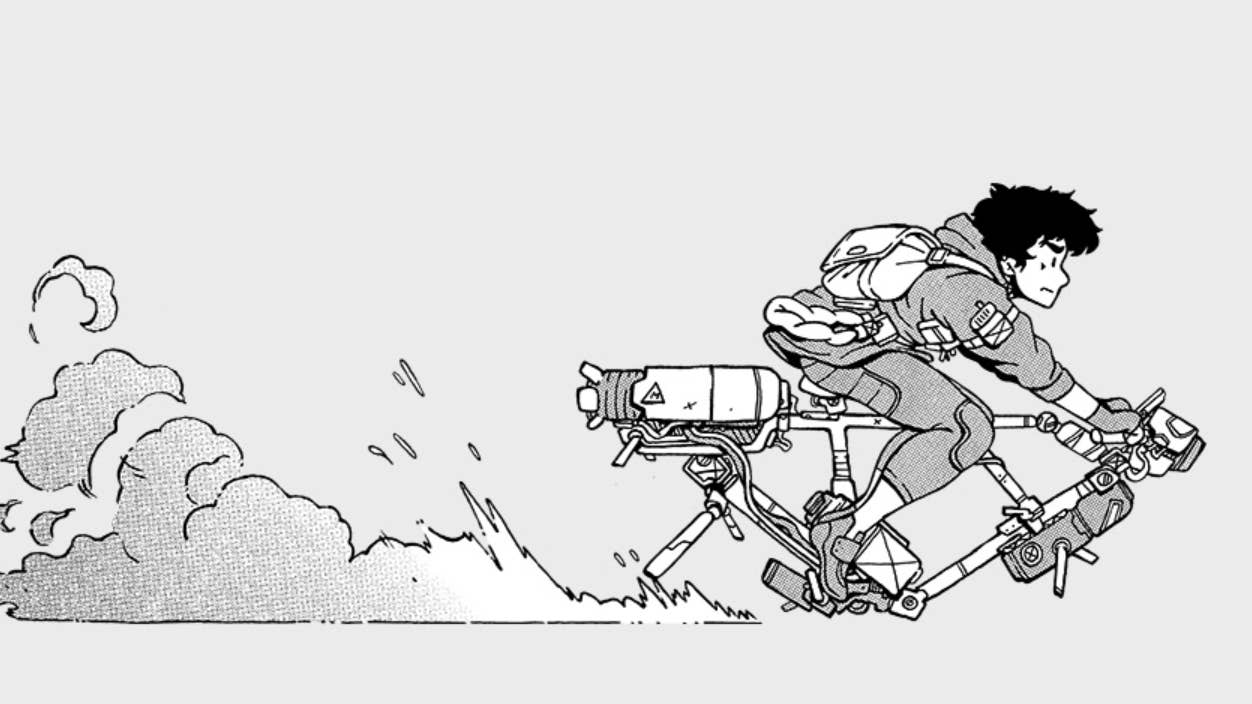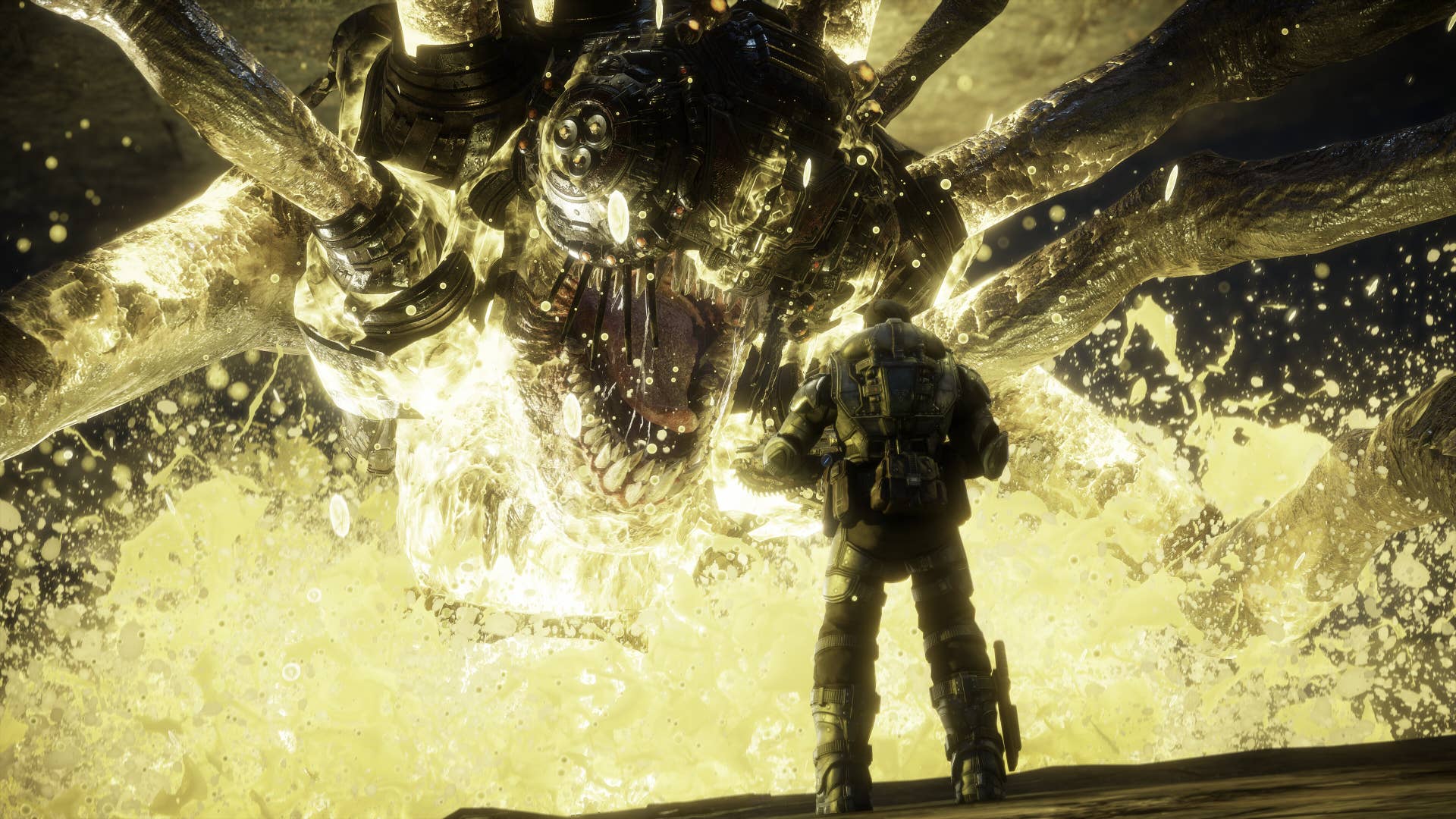Summary
- PGA Tour 2K25 – Season 2, launching May 14, includes an all-new Challenges mode that brings bite-sized contests which push your golf skills to the limit. Challenges will continue to evolve with regular updates and new content added throughout each season.
- Season 2 adds the Old Course at St Andrews Links, a new shot type, and resets the Ranked Ladders—with more exciting content coming soon.
- Even with a whole new season in full-swing, players can still work on obtaining Season 1 Clubhouse Pass Rewards at any time.
PGA Tour 2K25 is on a mission to maximize golf fun for both golf fans and gamers alike. With Season 2, HB Studios and 2K deliver the kind of post-launch support players deserve, keeping gameplay fresh and exciting well beyond day one.

This season introduces a completely new mode, Challenges, coming May 14, which drops you into bite-sized gameplay moments that will force you to adapt, strategize, and rise to each unique contest. These moments help improve your play—and even better—earn rewards along the way.
Dig Deeper: Challenges
Challenges are inspired by the spirit of a “Choose Your Own Adventure” progression system that lets you carve your own path, pick your rewards, chart your course across the maps, and dive into short gameplay vignettes to test your skills. HB’s goal is to keep the gameplay experience grounded in authentic golf while layering in some arcade feel.
Each Challenge has a set of unique objectives, like finishing with an eagle or better, and pairs it with inventive gameplay modifiers to increase the complexity of that objective. For example, thread your shot through floating rings; land within a specific target on the fairway; or be stuck with only one type of club. These snackable moments are perfect for players who love a quick, focused challenge.

The new Challenges mode is packed with variety, including Trials for tougher gameplay and Spotlight Challenges that put you into iconic moments from golf history. You might find yourself recreating legendary shots like Max Homa’s hole-out eagle from last year, or reliving unforgettable moments played at Quail Hollow. A Technical Skills Challenge might test your precision with tricky uphill putts. This mode is made to keep you on your toes, with each map offering a fun twist—whether you’re chasing mastery or making the highlight reel.
The Charles Schwab Challenge
Challenges will continue to evolve with each season, with new challenges added throughout the year. An all-new 3-hole course built specifically for this mode, in partnership with Charles Schwab, is set to drop in the coming weeks.
The Charles Schwab Challenge course was designed as a 3-Hole “Challenge Course”. So, we wanted to make sure we had 3 different pars for each of the holes.
The course’s 1st Hole starts with a long Par 4 with a challenging approach over a ravine. Hitting the fairway of this hole will be critical if you want to be able to reach the green and control your golf ball.

The 2nd Hole is a daunting, long par 3 over a river, rocks and waste area, forcing the player to focus on the shot at hand and make sure they select the correct club to keep the ball on the putting surface. The better miss will be short in the bunkers, rather than long of the green.
The 3rd and final hole is a long, dogleg left par 5. We wanted a par 5 finishing hole to give the players who hit the perfect tee shot and chance to reach the green and give themselves a look at an Eagle putt. The tee shot bend around to the left and the more the player challenges the left side the close and better chance they will have to reach the green
If you’re a player just looking for a fun, fast way to improve your skills, Challenges are the perfect pit stop between full rounds, with a ton more content planned for the future.
What Else Is Coming in Season 2?
There are many things to be excited about, but golf fans young and old will be absolutely chuffed to hear that the Old Course at St Andrews Links is making its official PGA Tour 2K debut in Season 2! Season 2 also re-ups the rewards with a whole new set of upgrades, enhancements, and gear for you to earn as you play.

Along with Greenskeeper-specific cosmetics to make your friends jealous, one of the best rewards is a new shot type: The Long Flop. As with a standard Flop Shot, this shot is performed with a wedge and features a high trajectory, plenty of spin, and a short run. This shot is designed to pack a little more oomph—perfect for when your last shot came up just short. No one will ever know.
PGA Tour 2K25 is available for all players on Xbox Series X|S, from May 14. For now, you can read more about Season 2 here!
PGA TOUR 2K25 Legend Edition
2K
Legend Edition includes:
•PGA TOUR 2K25
•Sun Day Red Pack: Red Polo, Black Hat, Black Pants and White Glove + Tiger’s TaylorMade Driver Qi10 LS
•Malbon Bucket Ball Pack: 3 Malbon Golf Balls
•Member’s Pass: Clubhouse Pass Premium (Seasons 1-5), Clubhouse Gear Pack—1 outfit per body type per season
•Birdie Pack: Titleist GT4 Driver, Titleist Pro V1 Golf Ball, FootJoy Premiere Series – Field Shoes, and Umbrella Hat
•Starter Pack: 1 Evo Tool, 5 Level-Up Tokens, 5 Club Fittings, 3 Ball Fittings, and 1800 VC
•Extra Butter x adidas Pack: Playable Chris McDonald and Extra Butter x adidas cosmetic hat, jacket, and shoes
REAL FEEL
New EvoSwing mechanics give more club control than ever! Swing your swing and play your game with new shot types, ball flights, roll physics, and visual improvements.
MAKE HISTORY IN MAJOR TOURNAMENTS
The PGA Championship, The U.S. Open, and The Open Championship make their PGA TOUR 2K franchise debut.
MyCAREER AND MyPLAYER, YOUR WAY
Step into the most immersive MyCAREER yet. Dynamically simulate rounds, play through training and pre-tournament events. Be your authentic self in MyPLAYER with diverse customizations, upgraded Skill Trees, plus new Attribute Point and Equipment Progression systems.
SEASONS—BACK AND BETTER THAN EVER
Power increases for equipment progression, Ranked leaderboard resets, regular content updates + more. Progress at your own pace—play through past Seasons even when a new one is live.
GRAB A CLUB, GRAB A FRIEND
Robust multiplayer match types include Match Play, Scramble, or Skins—online or local. Earn season rewards in daily and weekly tournaments. Compete with friends wherever they play with cross-platform societies.
UNLEASH YOUR INNER COURSE ARCHITECT
Design your dream course with Course Designer! Show off your courses in all their natural beauty with an all-new camera system, plus new tools, surfaces and more control with higher-res terrain.
PGA TOUR 2K25: NEXT ROUND, BEST ROUND
Certain features of the game, including the in-game store, may not be accessible by child accounts. A child means players under the age of 13, unless local laws specify differently.
PGA TOUR 2K25 Deluxe Edition
2K
Deluxe Edition includes:
•PGA TOUR 2K25
•Birdie Pack: Titleist GT4 Driver, Titleist Pro V1 Golf Ball, FootJoy Premiere Series – Field Shoes, and an Umbrella Hat
•Starter Pack: 1 Evo Tool, 5 Level-Up Tokens, 5 Club Fittings, 3 Ball Fittings, and 1800 VC
•Extra Butter x adidas Pack: Playable Chris McDonald and Extra Butter x adidas cosmetic hat, jacket, and shoes
REAL FEEL
New EvoSwing mechanics give more club control than ever! Swing your swing and play your game with new shot types, ball flights, roll physics, and visual improvements.
MAKE HISTORY IN MAJOR TOURNAMENTS
The PGA Championship, The U.S. Open, and The Open Championship make their PGA TOUR 2K franchise debut.
MyCAREER AND MyPLAYER, YOUR WAY
Step into the most immersive MyCAREER yet. Dynamically simulate rounds, play through training and pre-tournament events. Be your authentic self in MyPLAYER with diverse customizations, upgraded Skill Trees, plus new Attribute Point and Equipment Progression systems.
SEASONS—BACK AND BETTER THAN EVER
Power increases for equipment progression, Ranked leaderboard resets, regular content updates + more. Progress at your own pace—play through past Seasons even when a new one is live.
GRAB A CLUB, GRAB A FRIEND
Robust multiplayer match types include Match Play, Scramble, or Skins—online or local. Earn season rewards in daily and weekly tournaments. Compete with friends wherever they play with cross-platform societies.
UNLEASH YOUR INNER COURSE ARCHITECT
Design your dream course with Course Designer! Show off your courses in all their natural beauty with an all-new camera system, plus new tools, surfaces and more control with higher-res terrain.
PGA TOUR 2K25: NEXT ROUND, BEST ROUND
*Based on average Metascore from Metacritic as of February 28 2025.
Certain features of the game, including the in-game store, may not be accessible by child accounts. A child means players under the age of 13, unless local laws specify differently.
PGA TOUR 2K25
2K
REAL FEEL
Swing your swing and play your game with new EvoSwing mechanics—new shot types, ball flights, roll physics, and visual improvements.
MAJOR TOURNAMENTS HAVE ARRIVED
The U.S. Open Championship, The Open Championship, and the PGA Championship make their 2K Franchise debut.
MyCAREER AND MyPLAYER, YOUR WAY
Step into the most immersive MyCAREER yet. Dynamically simulate rounds, play through training and pre-tournament events. Be your authentic self in MyPLAYER with diverse customizations, a new Attributes Points system, upgraded Skill Trees, and an all-new Equipment Progression system.
SEASONS—BACK AND BETTER THAN EVER
Power increases for equipment progression, Ranked leaderboard resets, regular content updates + more. Progress at your own pace—play through past Seasons even when a new one is live.
GRAB A CLUB, GRAB A FRIEND
Robust multiplayer match types include Stroke Play, Match Play, or Scramble—online or local. Challenge friends wherever they play with cross-platform societies.
UNLEASH YOUR INNER COURSE ARCHITECT
Design your dream course with Course Designer! New tools, surfaces, objects, and more control with higher-res terrain. Show off your courses in all their natural beauty with an all-new camera system.
Unlimited golfing possibilities await! Reserve your tee time now.
*Based on average Metascore from Metacritic as of January 1 2025.
Certain features of the game, including the in-game store, may not be accessible by child accounts. A child means players under the age of 13, unless local laws specify differently.
PGA TOUR 2K25 First Look
2K
Step up to the first tee and get started on your journey in the newest iteration of the best-selling and highest-rated golf sim franchise of the decade.* Create your custom golfer and play the tight fairways, tough bunkers and stunning bodies of water at the famous TPC Sawgrass. Make your debut drive in this First Look—then carry your progress over to the full game!**
PGA TOUR 2K25 First Look Features:
•MyPLAYER—Build up to 3 MyPLAYERS and express yourself in the most customizable experience yet
•9 Holes—Enjoy 9 Holes of a select course to practice your game***
•EvoSwing—New mechanics nail the feel of swinging a golf club in a way that no other title has
•Earned Edge—Carry your MyPLAYER progress over to the full game
Take your first swing at golf greatness—DOWNLOAD NOW
*Based on average Metascore from Metacritic and NPD and GSD sales data as of January 1, 2025.
**Requires 2K Account and full game purchase on the same platform. Terms apply.
***Select course may be subject to change over time.
The post Choose Your Own Adventure with the New Challenges Mode for PGA Tour 2K25 appeared first on Xbox Wire.







